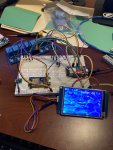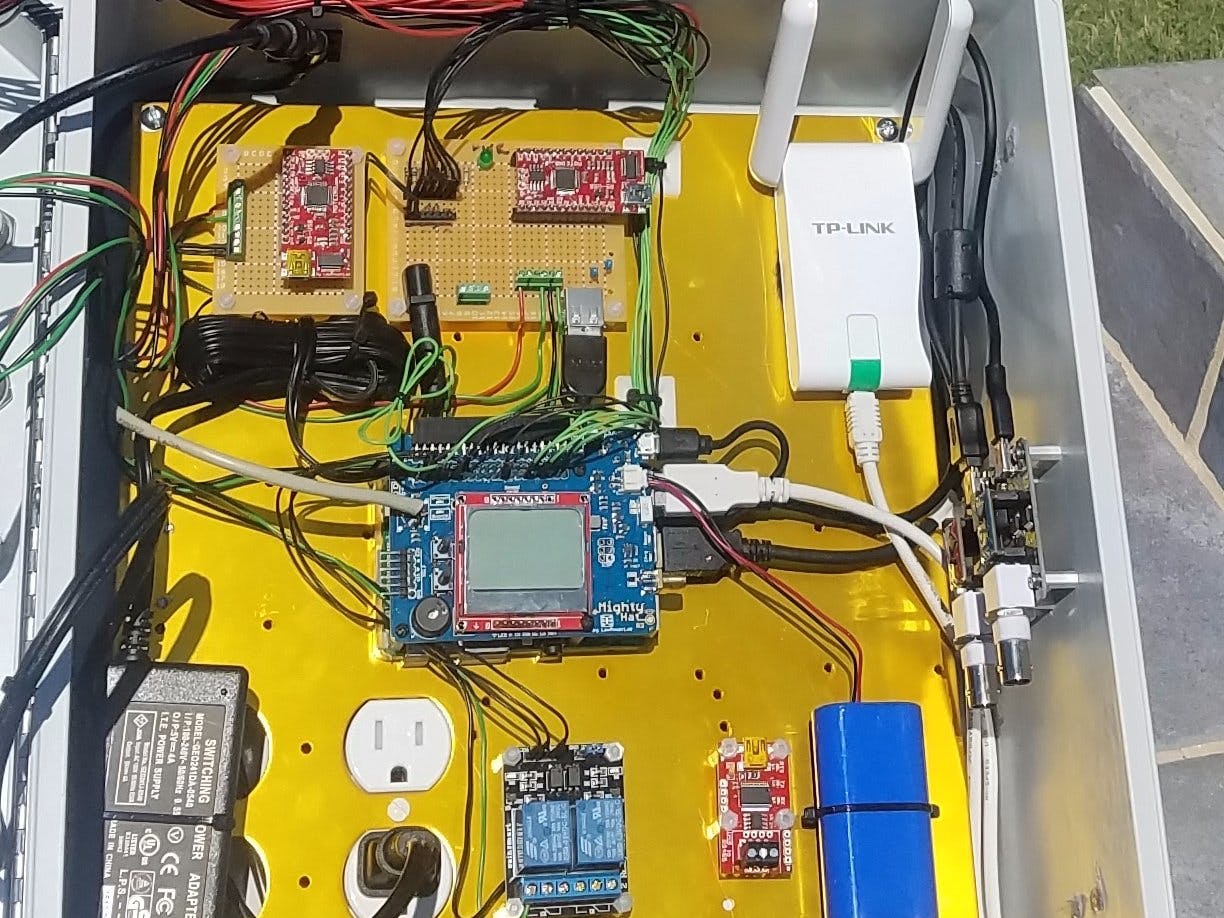CNY, I’ll add my project to that list although I’ve been dormant most of this last year.
This is a work in progress…I will be updating this first post with some of my latest progress. Normally, I post projects after I have completed 90% of it. This is not the case with this automation project. This thread will be kind of like a pool-build thread, with updates when I get the...

www.troublefreepool.com
The RaspberryPi guys have created a lot awesome of projects and building blocks that makes a DIY pool controller much more accessible. You are early enough in your development that you might consider a course change. Make sure to look at all the documentation detailed and collected by
@MyAZPool. There is a lot of work done by a bunch of smart people. I’m definitely jealous of those with an Intellicenter that can take full advantage. For those of us without an intellicenter, it still might make sense. I will consider it in the future, but I’m currently having too much fun with my current path as I am sure you are, haha.
I think you will find that actually deploying the system is difficult, especially since, for many, it is a project that never ends. Dividing it into pieces and building up the blocks is probably a necessity. When and how do you make it permanent? Do you have a way to develop & test code remotely for ESP32? Are you leaning towards breadboarding/soldering/din’ing? These projects can suck up as much time as you have.
Congrats on your progress so far! and keep asking questions and giving updates.









